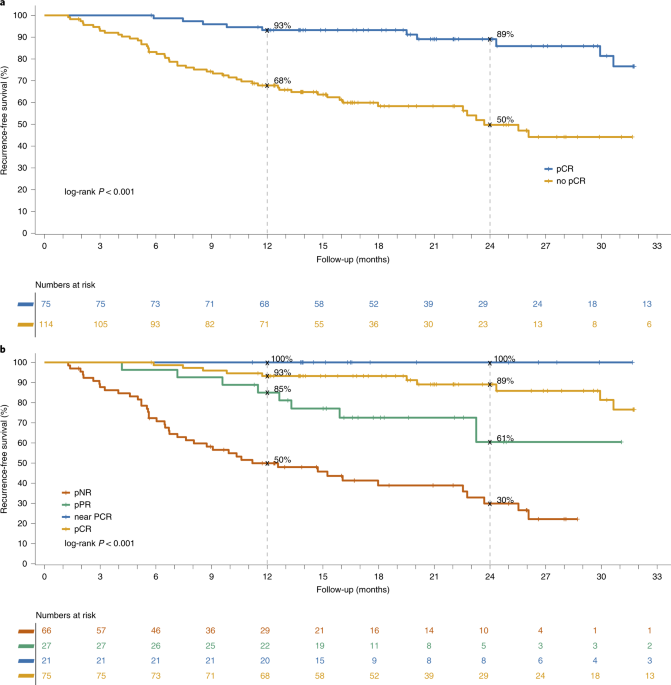Neoadjuvant immunotherapy is an emerging approach in the treatment of melanoma, a type of skin cancer. Unlike traditional adjuvant therapy, which is administered after surgical removal of the primary tumor to prevent recurrence, neoadjuvant therapy is given before surgery to shrink the tumor and potentially improve surgical outcomes. Immunotherapy is a type of treatment that harnesses the body’s immune system to target and destroy cancer cells.
In the context of melanoma, neoadjuvant immunotherapy involves administering immune checkpoint inhibitors or other immunotherapeutic agents before surgical removal of the tumor. Immune checkpoint inhibitors, such as pembrolizumab, nivolumab, and ipilimumab, are drugs that block certain proteins on the surface of immune cells and cancer cells, allowing the immune system to recognize and attack the cancer cells more effectively.
Here’s how neoadjuvant immunotherapy works in melanoma:
- Tumor Reduction: The primary goal of neoadjuvant immunotherapy is to shrink the tumor before surgery. By doing so, the surgery may become less extensive and more effective. Shrinking the tumor before surgery can also improve the chances of achieving complete surgical removal.
- Immune Activation: Immunotherapy activates the patient’s immune system to recognize and attack cancer cells. In the context of melanoma, these therapies aim to “release the brakes” on the immune system, allowing it to mount a stronger and more targeted attack against cancer cells.
- Assessment of Response: Neoadjuvant immunotherapy provides an opportunity to assess how the patient’s tumor responds to the treatment. If the tumor responds well, it indicates that the patient is likely to benefit from continued immunotherapy after surgery.
- Pathological Response: Pathological examination of the surgically removed tumor tissue can provide insights into the extent of tumor destruction caused by the immunotherapy. A significant pathological response may indicate a favorable prognosis.
- Combination Therapies: Sometimes, neoadjuvant immunotherapy can be combined with other treatments, such as targeted therapies or radiation, to enhance its effectiveness.
It’s important to note that while neoadjuvant immunotherapy shows promise, it’s not suitable for all patients or all types of melanoma. The decision to use neoadjuvant immunotherapy depends on factors like the stage of the disease, the patient’s overall health, and the specific characteristics of the tumor.
Clinical trials are ongoing to evaluate the safety and efficacy of neoadjuvant immunotherapy in melanoma and to determine the best treatment strategies for different patient populations. If you or someone you know is considering this treatment approach, it’s recommended to consult with a medical oncologist or a melanoma specialist to determine the most appropriate treatment plan based on individual circumstances.

